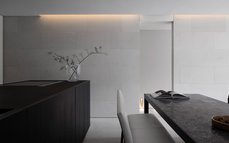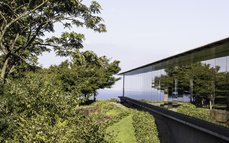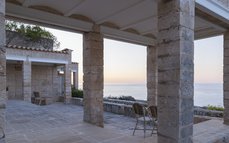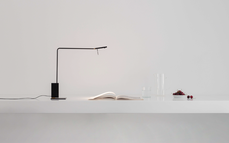Case Studies
Practice
DesignPhillip MathiesonTeam
Our World




























Melbourne Art Fair VIP Event

Photographer Romello Pereira

Material Focus: Timber

Reflections from Milan - An Evening with Mathieson Architects

Thomas Paquet

Kings Cross Apartment Featured on Est Living

Craft, Light, Form: Milan Design Week Highlights

A Conversation in Design at the Kurraba Penthouse

The Avalon Tennis Pavilion in Wish Magazine

Odawara Art Foundation – Enoura Observatory

The Fluid Form: Alvar Aalto’s Savoy Vase

Mathieson Architects Profiled in Belle Magazine

Japanese Landscape

Can Lis

Gathering Around the Table: Connection Through Food

Melbourne Design Week 2024

A Tour of the Muse Sales Gallery

Designing Connections: Reflections on Milan Design Week

Australian Financial Review features Kurraba Penthouse

MA Studio 23.

Mathieu Nab

Harnessing Light

Queensland Art Gallery by Robin Gibson

Material Focus: Limestone

In Conversation With Henry Timi

Viabizzuno: Roy Lamp

Barcelona Pavilion

Henry Timi: HT112
Contact us

Mathieson Architects
201/105 Reservoir Street
Surry Hills
NSW 2010 Australia
201/105 Reservoir Street
Surry Hills
NSW 2010 Australia
Call: +61 (02) 9280 4100
General Enquiry
info@mathiesonarchitects.comMedia Enquiry
media@mathiesonarchitects.com











